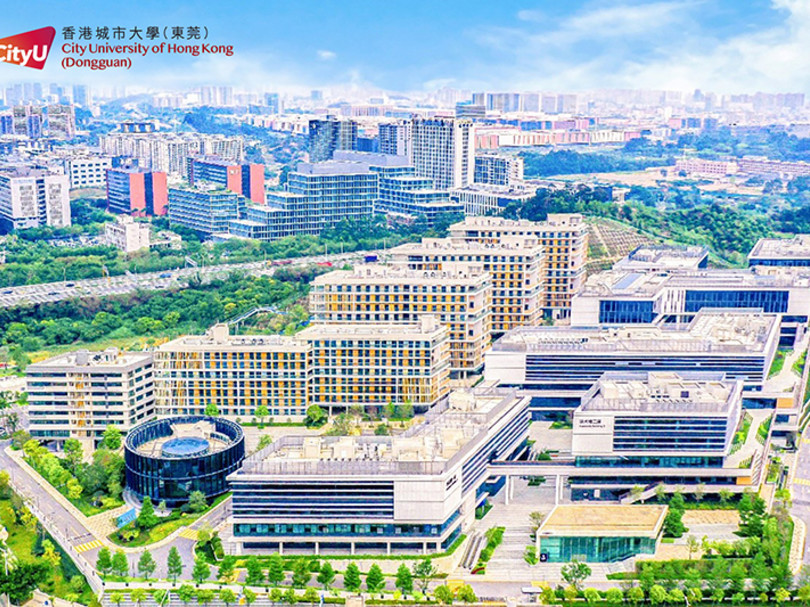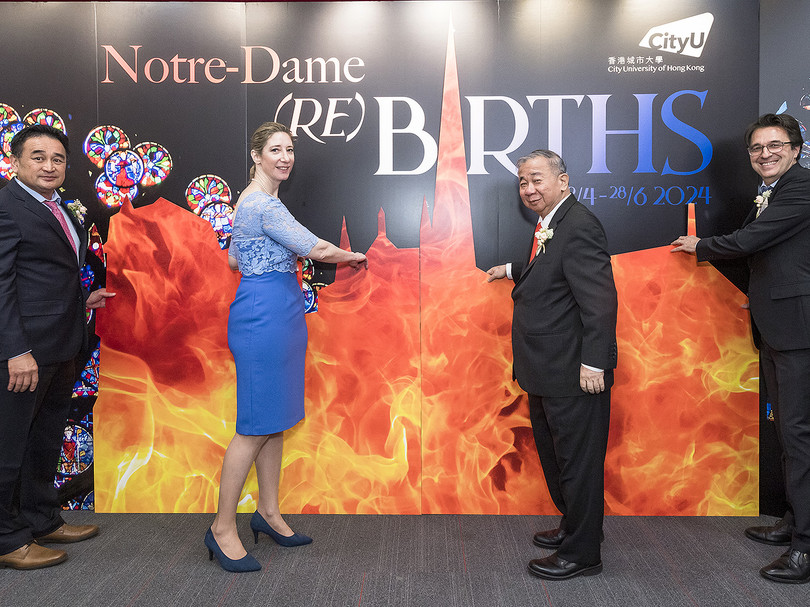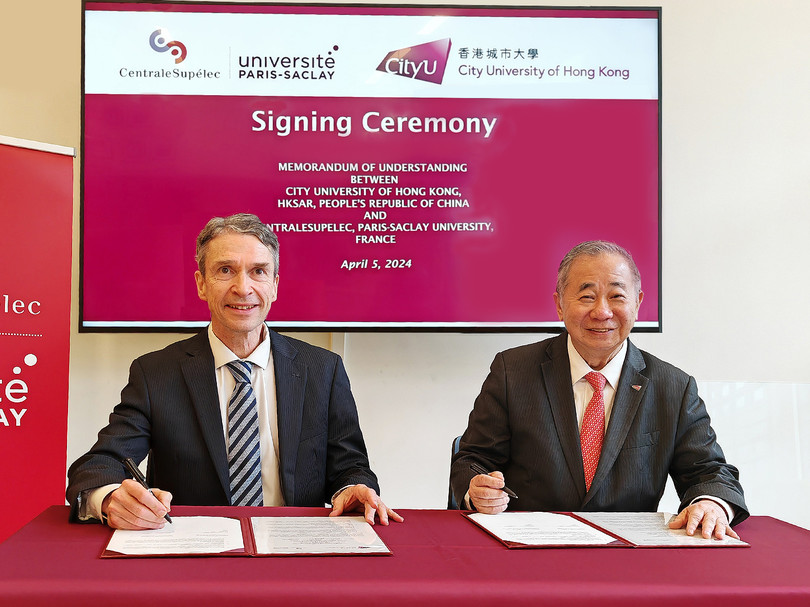Showing 31 to 40 of 46 results
CityU staff and students continue to make strides in their scholarships and studies. Below is a sample of the latest research grants and awards they received in the past few months.
More than 500 local engineers attended a conference on the present and future developments in materials. Titled Materials Science and Technology in Engineering Conference - Now, New and Next (MaSTEC 2003), the Conference is organized by the Hong Kong Institution of Engineers (HKIE), and supported by CityU's Department of Physics and Materials Science and the Hong Kong Productivity Council (HKPC) from 15-17 January.
Did you ever imagine that a simple wooden board, some paper, a few strands of cotton string and a glue stick could make a building capable of withstanding powerful earthquakes?
The house shook. The picture hanging on the wall and the plant pots on the table almost tumbled to the floor. But the people inside the house were far from panicking. They were, in fact, excited to experience the vibrations.
At 15 May inauguration ceremony establishing its Zhuhai Applied R&D Centres, CityU became the first local university to set up a research base at Guangdong's Southern Software Park.
To promote and stimulate the interest of secondary school students in developing their career in Hong Kong's construction industry, CityU's Department of Building and Construction is holding the region's first-ever Build And Shake Inter-School Competition (BASIC).
Despite the region's current economic woes and increased unemployment rates, CityU's science and engineering students have received 30 per cent more job training placements over last year at multinational corporations in the Pearl River Delta region this summer.
A novel non-destructive inspection (NDI) technique invented by CityU's Professor Michael Hung, Chair Professor in the departments of Electronic Engineering, and Building and Construction, may provide the answer to detecting faults in building structures.
One of the leading experts in steel structures believes that in the wake of the World Trade Centre (WTC) attacks in September 2001, teaching building and engineering students how to analyse the behaviour of structures is very important.
Our model presents fire engineers with an accurate means of determining and evaluating safety levels in buildings by simulating an actual fire. The calculations provide information that makes more efficient use of space and building material, and help create a more cost-effective design to solve fire-related problems.



